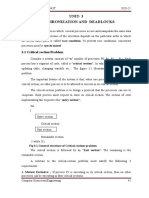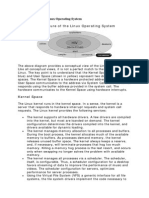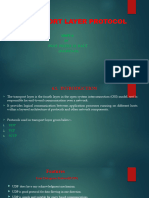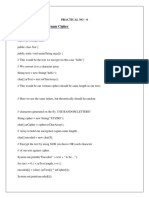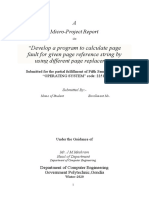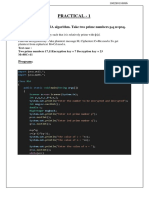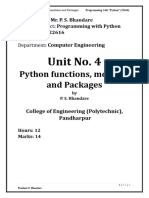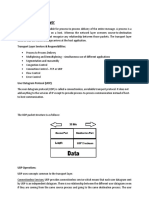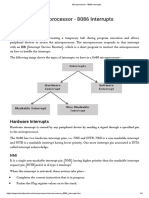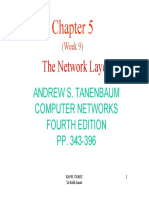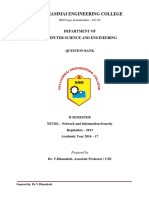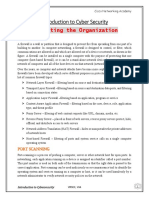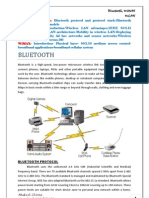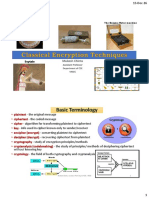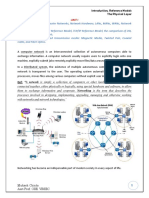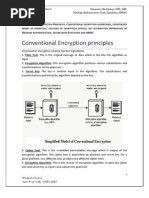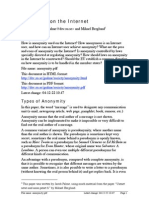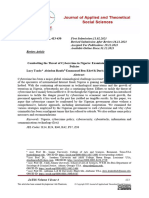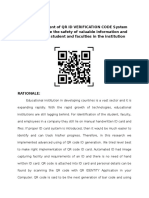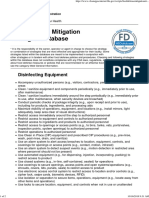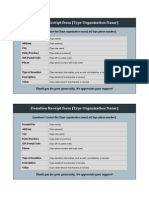0% found this document useful (0 votes)
751 views26 pagesNetwork Security Authentication
this document provides information regarding message authentication by MAC codes, hash functions and covers different algorithms like MD4, MD5, SHA-1, RIPEMD-160, SHA-512 and HMAC
Uploaded by
MukeshCopyright
© Attribution Non-Commercial (BY-NC)
We take content rights seriously. If you suspect this is your content, claim it here.
Available Formats
Download as PDF, TXT or read online on Scribd
0% found this document useful (0 votes)
751 views26 pagesNetwork Security Authentication
this document provides information regarding message authentication by MAC codes, hash functions and covers different algorithms like MD4, MD5, SHA-1, RIPEMD-160, SHA-512 and HMAC
Uploaded by
MukeshCopyright
© Attribution Non-Commercial (BY-NC)
We take content rights seriously. If you suspect this is your content, claim it here.
Available Formats
Download as PDF, TXT or read online on Scribd
/ 26










